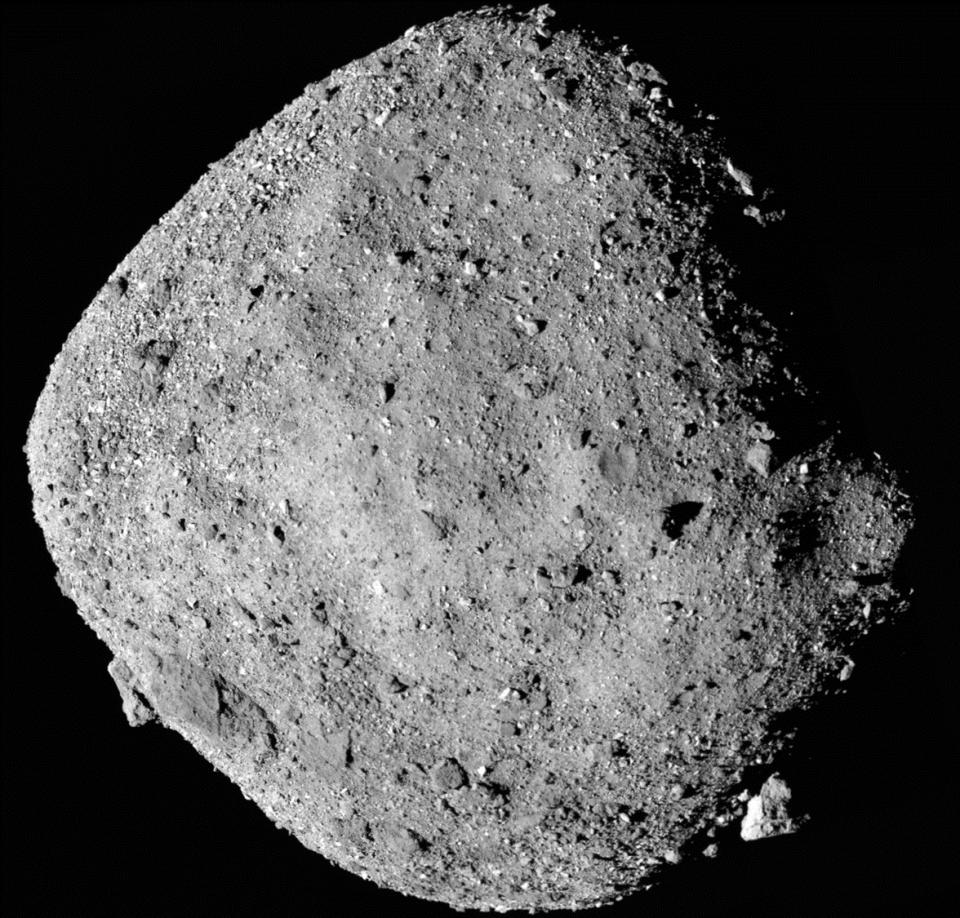Nasa spacecraft to land on ancient asteroid ‘that could offer hint about origin of life’

A Nasa spacecraft will attempt a tricky touch-and-go landing on a third-of-a-mile-wide space rock that has a small chance of hitting Earth in 150 years’ time.
The OSIRIS-REx spacecraft will try to grab rocks and dust from the surface of the asteroid Bennu on 20 October at 10pm UK time.
The landing could provide an important hint about how life arrived on Earth.
The asteroid is 207 million miles from Earth, which means an 18-minute delay in communications.
Read more: What are fast radio bursts, and why do they look like aliens?
Nasa will livestream animations depicting what’s happening based on commands that have already been sent to the robotic spacecraft.
The OSIRIS-REx spacecraft has mapped the entire asteroid since it arrived in December 2018.
Bennu, a rocky mass roughly a third of a mile wide and shaped like a giant acorn, orbits the sun at roughly the same distance as Earth.

It is thought to be rich in carbon-based organic molecules dating back to the earliest days of the solar system.
Water, another vital component to the evolution of life, may also be trapped in the asteroid’s minerals.
Read more: Astronomers find closest black hole to Earth
Scientists believe that asteroids and comets crashing into early Earth delivered organic compounds and water that seeded the planet for life, and atomic-level analysis of samples from Bennu could help prove that theory.
Because it is so old, Bennu could be made of material containing molecules that were present when life first formed on Earth.
Watch: This Nasa spacecraft could unveil the origins of life
But there is another, more existential reason to study Bennu.
Scientists estimate there is a one-in-2,700 chance of the asteroid slamming catastrophically into Earth 166 years from now.
The chance that Bennu will impact Earth between the years 2175 and 2199 is only 1 in 2,700, but scientists still don’t want to turn their backs on the asteroid.
Scientists will refine their predictions of Bennu’s journey through the solar system with the measurement of the Yarkovsky Effect by OSIRIS-REx and with future observations by astronomers.

 Yahoo News
Yahoo News 

